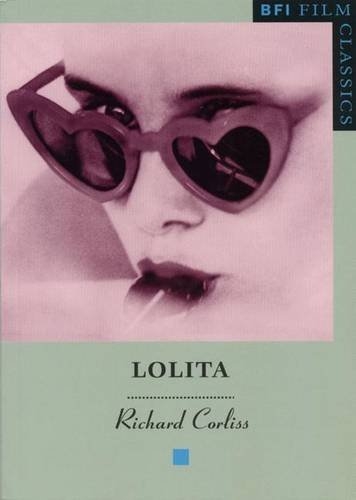When Vladimir Nabokov's novel Lolita first appeared in 1955, it was under the imprint of the Olympia Press, a French publisher best known for its extensive list of pornography. And when Stanley Kubrick came to film the book in 1961 it was still a notorious work. Nabokov's tale of a barely pubescent girl who excites the lust and love of a scholarly middle-aged man was fraught with censorship problems. How could the film portray frankly a sexual relationship so criminally perverse? Richard Corliss explores every facet of this complex and disturbing film. He deals in detail with the casting, which included Sue Lyon as the nymphet Lolita, James Mason as her lover Humbert Humbert and Peter Sellers as the sinister Quilty. He traces the difficult process of scripting, and the compromises necessary to get past the censors (in the book Lolita is twelve-and-a-half; Sue Lyon was fifteen when the film was completed). This is a beautifully written study of the unlikely pairing between the Russian-born Nabokov, steeped in the literary culture of Europe, and Kubrick, whose reputation to that point was as a director of macho crime and war films. But underneath, as Corliss shows, the two had great affinities: 'I've got a peculiar weakness for criminals and artists,' Kubrick remarked. 'Neither takes life as it is.'.
Authors
Richard Corliss
Additional Info
- Release Date: 2008-01-22
- Publisher: British Film Institute
- Format: Paperback
- ISBN: 9780851703688
No copies of this item are currently available.
